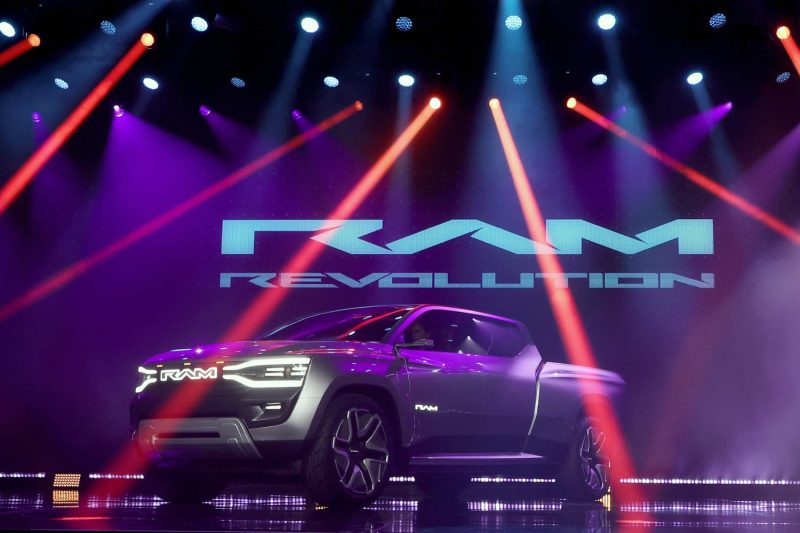Stellantis, one of the world’s largest automakers, has recently announced the decision to lay off 2,450 plant workers in response to the discontinuation of the Ram ‘Classic’ pickup truck. This move comes as part of the company’s broader strategy to streamline its product offerings and focus on more profitable models.
The Ram ‘Classic’ pickup truck has been a staple of Stellantis’s lineup for many years, known for its rugged design and reliable performance. However, shifting consumer preferences and the increasing demand for more fuel-efficient vehicles have prompted the company to phase out the model in favor of newer, more eco-friendly options.
While this decision may come as a blow to the affected workers and their families, it is a necessary step for Stellantis to remain competitive in the evolving automotive market. By reducing production costs and reallocating resources to more popular models, the company aims to enhance its overall profitability and sustainability in the long term.
Stellantis has stated that it will be providing support and assistance to the affected employees during this transition period. This includes offering severance packages, job training programs, and other resources to help them find new employment opportunities. The company remains committed to treating its workforce with respect and dignity throughout this challenging process.
In addition to the immediate impact on plant workers, the discontinuation of the Ram ‘Classic’ pickup truck signals a broader shift within the auto industry towards electric and hybrid vehicles. With global demand for environmentally friendly cars on the rise, automakers like Stellantis are investing heavily in electrification and sustainable mobility solutions to meet these changing needs.
Overall, while the decision to lay off 2,450 plant workers is undoubtedly a difficult one, it reflects Stellantis’s commitment to adapting to market trends and embracing a more sustainable future for the automotive industry. By aligning its product portfolio with evolving consumer preferences and investing in new technologies, the company positions itself for long-term success and continued growth in the years to come.

